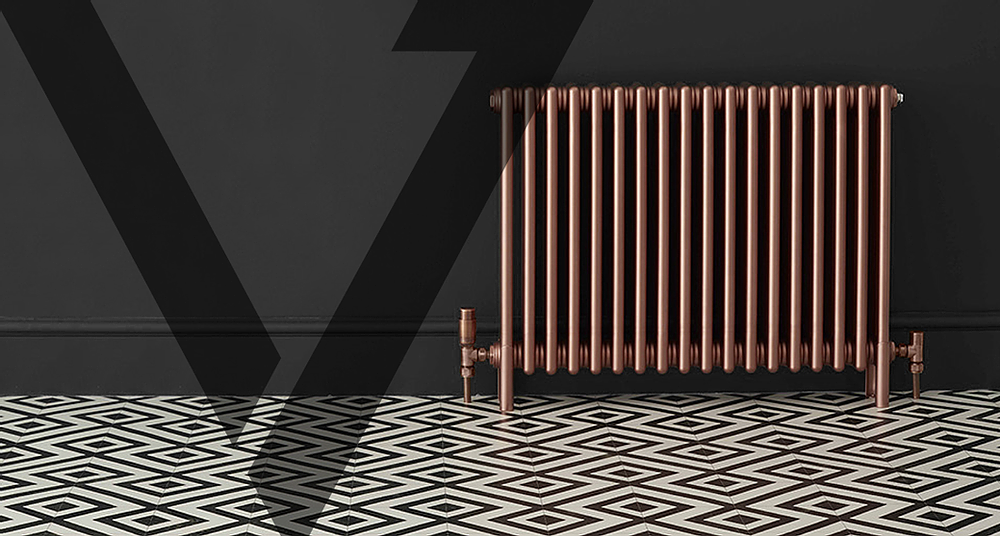Whether you fancy yourself a master of DIY or you’re new to the interior decorating game, there’s things you need to know before purchasing a new radiator. Radiators are one of those things that every home needs, but it can be difficult to figure out what kind of radiator will fit into your home.
Luckily for you, we’ve come up with this guide so that you can figure out exactly which radiator is best suited to your needs.
Established websites like https://www.traderadiators.com/ are useful to look at to browse options and settle on a style that works for you. Not only this, but you can narrow down your options using website filters once you know from this guide what type of radiator is compatible with your home.
Which room is the radiator for?
The kind of radiator you settle on will depend entirely on which room of the house it will go in. A towel radiator or towel rail is best suited to a bathroom, whilst an electric radiator would be perfect for a room without pre-existing pipework, such as a conservatory or loft conversion. Standard horizontal radiators are typical in hallways because of their design and their tendency to elongate a room.
Vertical radiators fit best into a small space or an area where you don’t want attention to be drawn towards it such as a kitchen. However, others want their radiator to be more than just that; designer radiators are an option for those with an eye for interior decoration who want to create a statement in their living rooms or bedrooms.

Heat Output
Heat output is a crucial consideration before purchasing a radiator. You will need to figure out the heat output needed for your new radiator to efficiently warm up your room. The recommended way to do this is contact a registered plumber or engineer in order to make sure you’re purchasing correctly the first time. It will save a lot of trouble in the long run!
Your heat output will change depending on the size of the room you are installing a radiator in and if it has double glazing and insulation.
The material of your radiator
Some people prefer to opt for a budget-friendly radiator, which usually means it will be made of mild steel, but there are many other options available. Cast iron or aluminium are popular amongst the style-conscious, whilst stainless steel is also a common choice due to its durability and timelessness.
Your material choice is really dependent on what you value most out of a radiator. Think about the pros and cons between style, efficiency, cost, and then make an educated decision based off of this.
What’s your style?
Now that the practicalities are out of the way, think about what your style is, and how the radiator you choose is going to fit in with the rest of your home. As previously mentioned, designer radiators can elevate the style of a room and turn something often thought of as just a household necessity into a piece of art.





